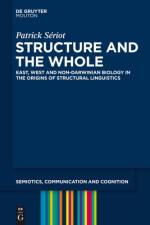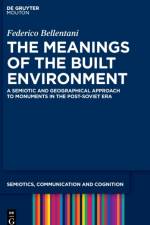- Reading the Works of Victoria Welby and the Signific Movement
av Susan Petrilli
2 077
The theory of signifying (significs), formulated and introduced by Victoria Welby for the first time in 1890s, is at the basis of much of twentieth-century linguistics, as well as in other language and communication sciences such as sociolinguistics, psycholinguistics, translation theory and semiotics. Indirectly, the origins of approaches, methods and categories elaborated by analytical philosophy, Wittgenstein himself, Anglo-American speech act theory, and pragmatics are largely found with Victoria Lady Welby. Indeed, it is no exaggeration to say, in addition, that Welby is the "e;founding mother"e; of semiotics. Some of Peirce's most innovative writings - for example, those on existential graphs - are effectively letters to Lady Welby. She was an esteemed correspondent of scholars such as Bertrand Russell, Charles K. Ogden, Herbert G. Wells, Ferdinand S. C. Schiller, Michel Breal, Andre Lalande, the brothers Henry and William James, and Peirce, as well as Frederik van Eeden, Mary Everst Boole, Ferdinand Tonnies, and Giovanni Vailati. Her writings directly inspired the Signific Movement in the Netherlands, important for psycholinguistics, linguistics and semantics and inaugurated by van Eeden and developed by such authors as Gerrit Mannoury. This volume, containing introductions and commentaries, presents a selection from Welby's published and unpublished writings delineating the whole course of her research through to developments with the Significs Movement in the Netherlands and still other ramifications, contemporary and subsequent to her. A selection of essays by first-generation significians contributing to the Signific Movement in the Netherlands completes the collection, testifying to the progress of significs after Welby and even independently from her. This volume contributes to the reconstruction on both the historical and theoretical levels of an important period in the history of ideas. The aim of the volume is to convey a sense of the theoretical topicality of significs and its developments, especially in semiotics, and in particular its thematization of the question of values and the connection with signs, meaning, and understanding, therefore with human verbal and nonverbal behavior, language and communication.























